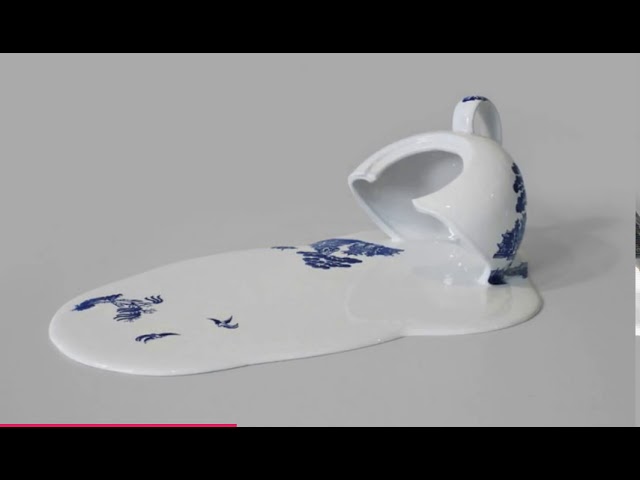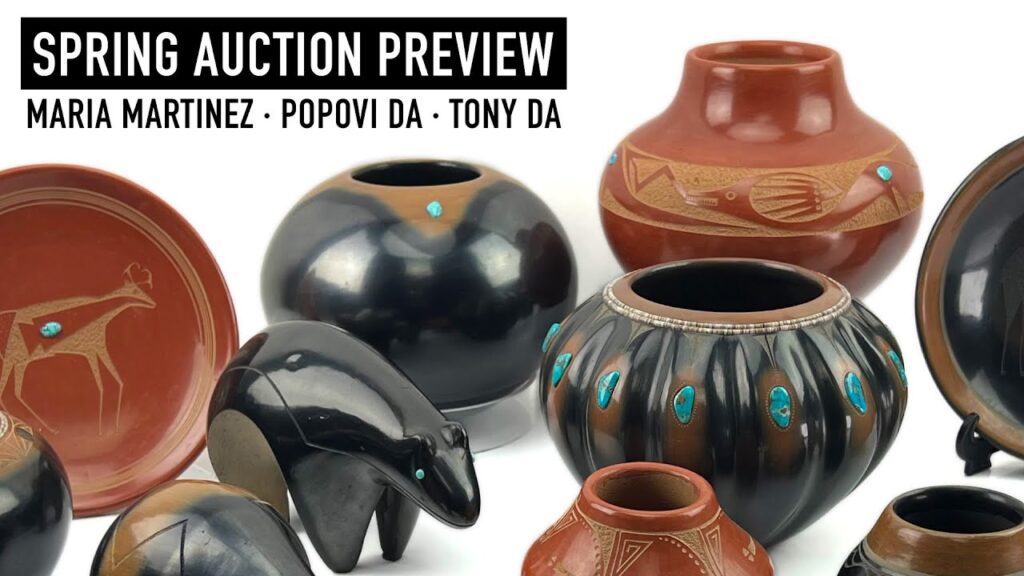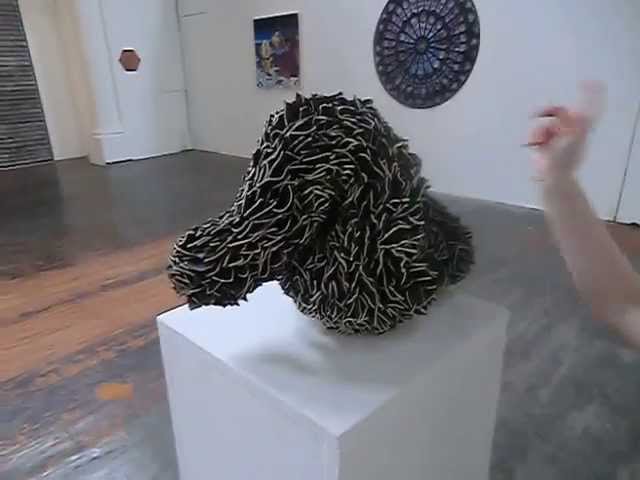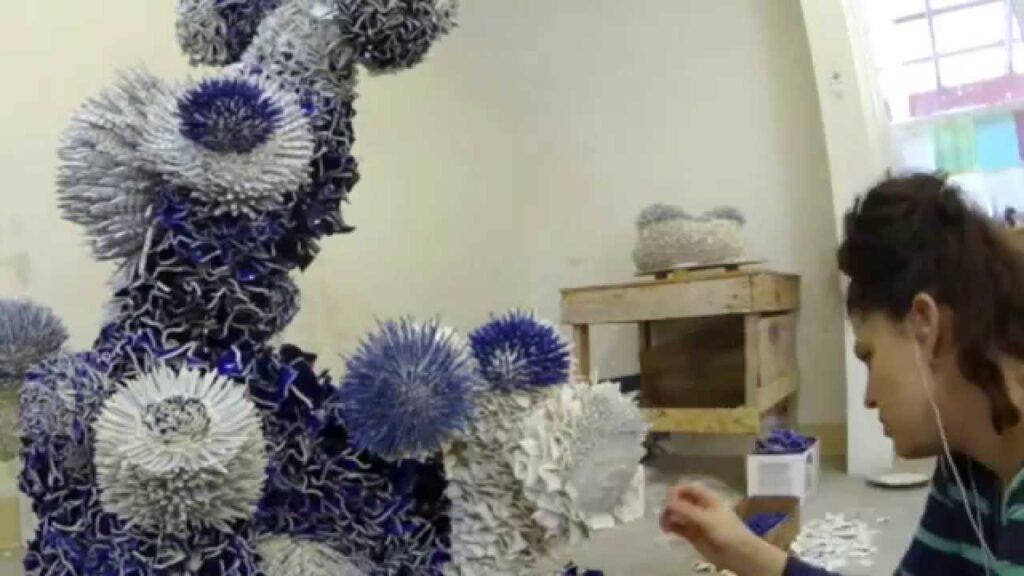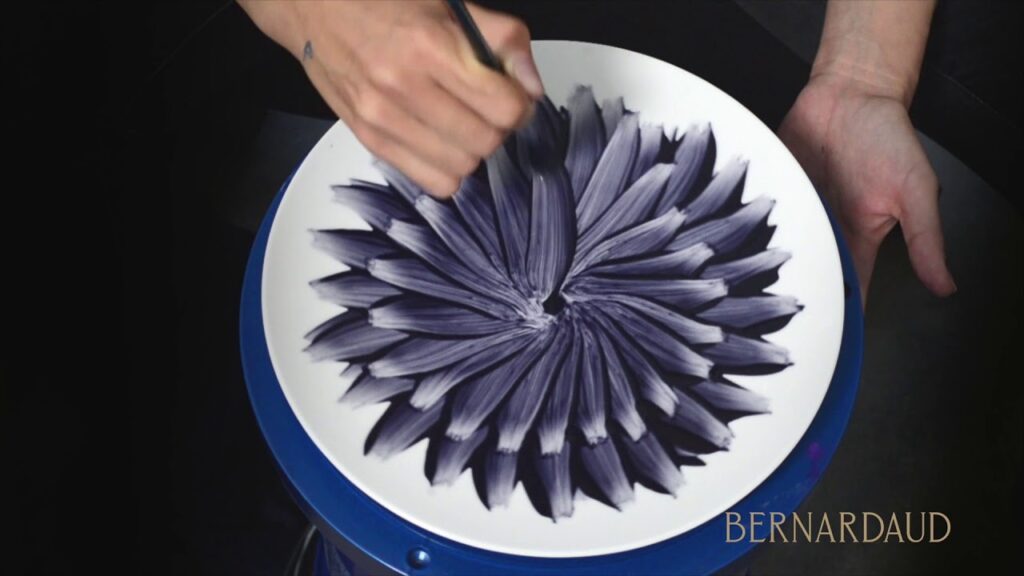Maria Martinez pottery comes in a variety of styles not just black. Learn from Maria Martinez expert Dr. Mark Sublette about the numerous kinds of pots she made. Examples of Red, Sienna and Polychrome are shown and values of each different type.
Website:
Facebook:
Instagram:
Podcast:
Maria Martinez pottery types of coloration and rarity, not all Maria pottery is black
Maria pottery is generally thought of as being black on black pottery, and for most part that is true, but there are exceptions to the rule. In fact, these exceptions are very valuable, so you have to know what to look for, and you have to realize that they were done at certain time frames. So, the time frames need to fit, as well as what you're actually looking at. The first thing we will talk about is Maria polychrome. Polychrome simply means 2 or more than 2. So, it's a multicolored image, and Maria’s pottery from the time frame of when she first started making pottery with her husband Julian was always polychrome. These pots are very rarely signed; there's probably less than 20% of them that are signed. They could be signed Maria or they could actually be signed Maria and Julian. So, she made these early on and they're very, very collectible. A great Maria-Julian signed piece that's polychrome, could be worth upwards to $150 to 200,000, depending on the quality of the piece, and we know they've sold for this amount. Again, it has to do with quality, size, rarity, and how its painted. Also, (Maria) when she made polychromes, they were her early work with Julian. Well, starting about 1960 Maria and her son Popovi also started making polychromes, and this was something that Po wanted to do. He wanted to (I think it was almost an homage to his father, who had started making the polychromes early on) so, Po wanted to be the first one, and he was to start making these types of pots so somewhere in about 1960. (He) started making polychromes, and again, these are rare and highly collectible because he didn't do a lot of them. So, you have two time frames for the polychromes. You have the early ones that would be anywhere from 1910 to 1930, and then you have the very later ones that Po did (and) that was started about 1960. The next kind of pot that is not your typical black on black would be red. Red pots were done both by Maria and Julian and also by her daughter-in-law Santana and her son Popovi. So, they were done anywhere from the beginning 1920s all the way until she quit making pottery. (There are) very few of these were made compared to the black pieces – probably less than 1%. So, they are highly collectible. The only difference between a black pot and a red pot has to do with the firing. So, if it's an oxygenated fire with lots of flow of oxygen in the fire of the kiln, then they'll be red. If it's covered with manure and smothered, then they'll be black. And most people wanted the black, and she really didn't want to do the red work, but when you do see them they're valuable. Now, there's an interesting twist on the red work called Sienna. Sienna is what it is – the color sienna, and these pots were started about 1961 by Po. And the original one was really an accident. He probably over fired the pot, in which he was trying to get a red and he got this sienna color. He realized it was a very interesting color and originally he called it caramel but he realized that probably wasn't the right word and over time (in the next year or so) he came up with the word sienna, and he started using that as the term to describe these kinds of tannish pots. They're very beautiful, and they're actually even more valuable than the red, where Poe also did occasionally things like inlaid turquoise or sometimes he would do black and sienna. these again will be very valuable and highly
collectible so when you think of Maria, think of not only her black ware, but you have red, sienna, polychrome, and then occasionally pieces that use both the sienna and the black and inlaid turquoise. Po is the first person to put inlaid turquoise into the pottery and these are again highly collectible. Those are Maria's – look for them.



